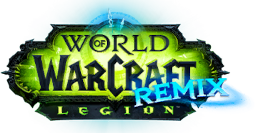- ···
- Raids
- ···
- Mythic+
- ···
- Recruitment
- ···
- Stats
- ···
Events
- ···
 Legion Remix
Legion Remix- ···
- MDILIVE
- ···
- AWCLIVE
- ···
- Discord Alerts
- ···
- Guides
- ···
- Extras
- ···
- Go Premium
- ···
Loading
Raider.IO
Looking for a guild? Ludicrous Speed is looking for raiders!
Raider.IO®, IO Score® © 2017-2025 RaiderIO, Inc. — v0.62.5 (d2f14589)
World of Warcraft, Warcraft and Blizzard Entertainment are trademarks or registered trademarks of Blizzard Entertainment, Inc. in the U.S. and/or other countries.
Terms of Use | Privacy Policy | Cookies Policy
CA Residents Only: Do Not Sell My Personal Information



